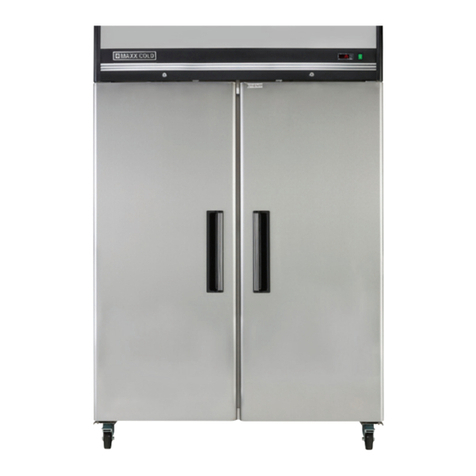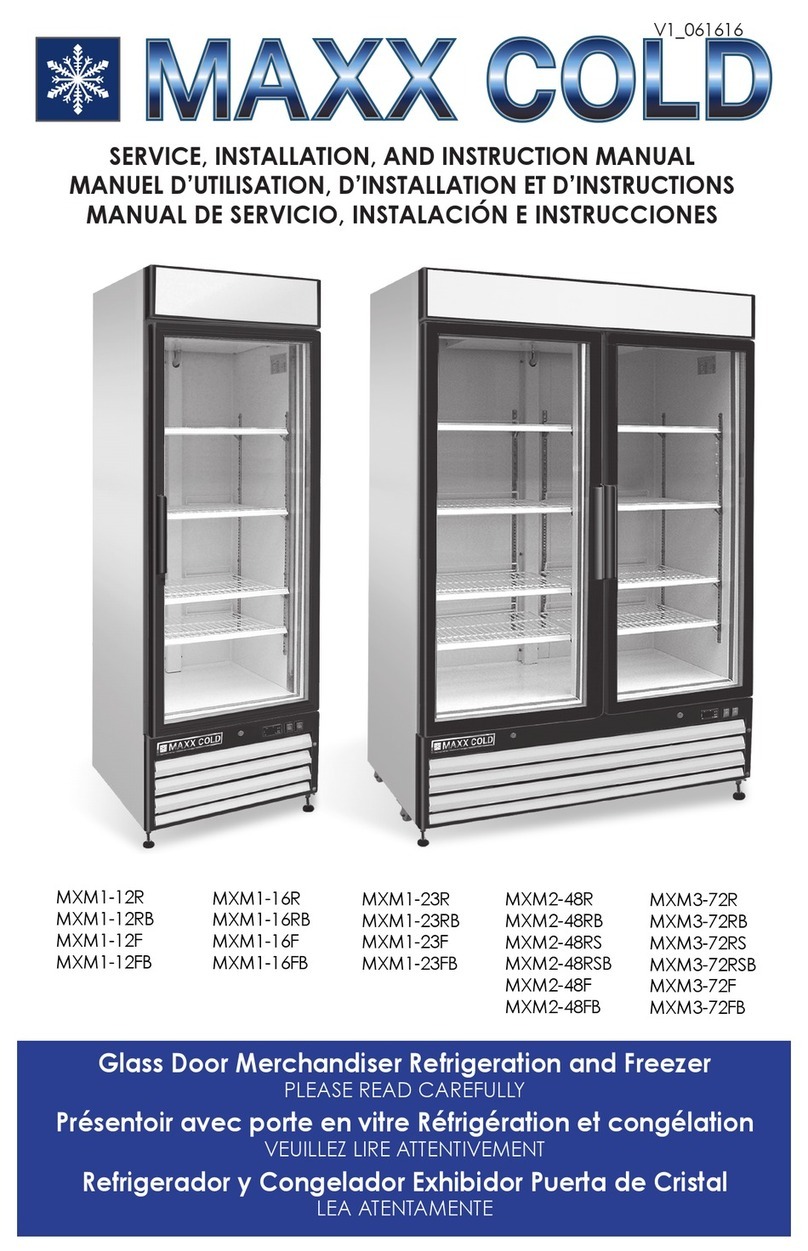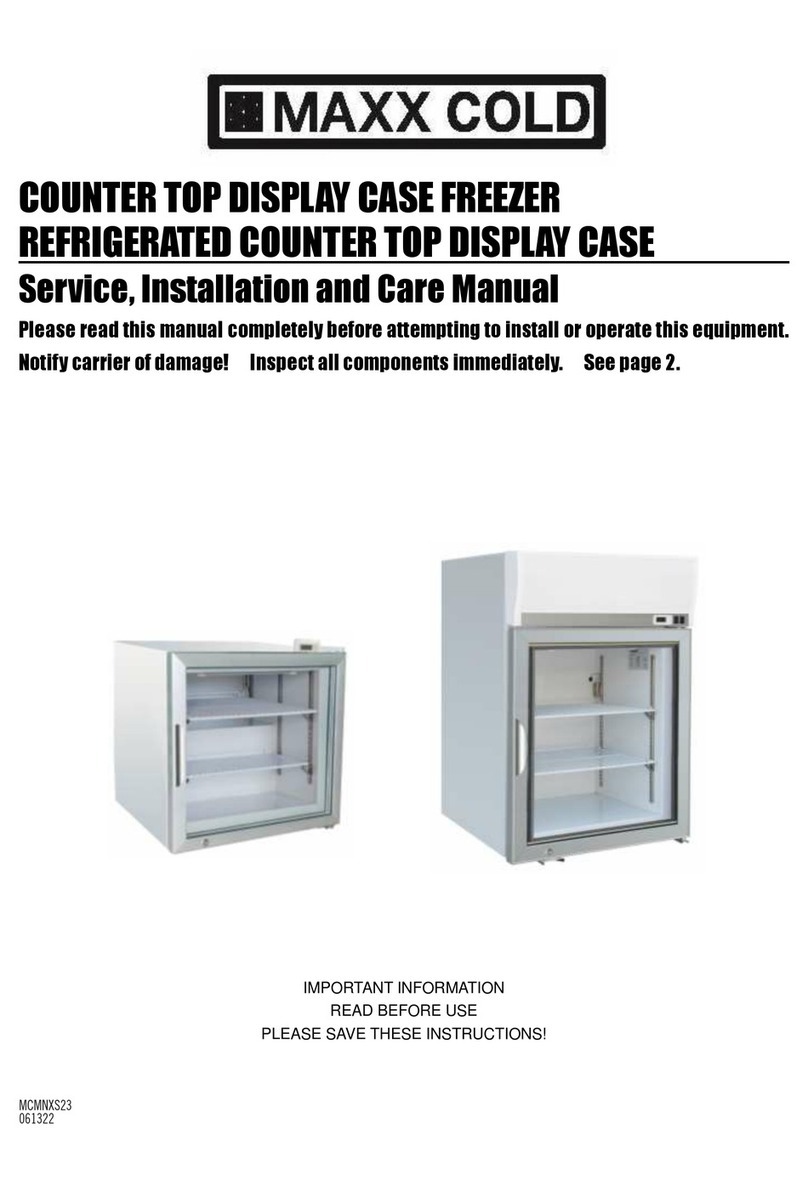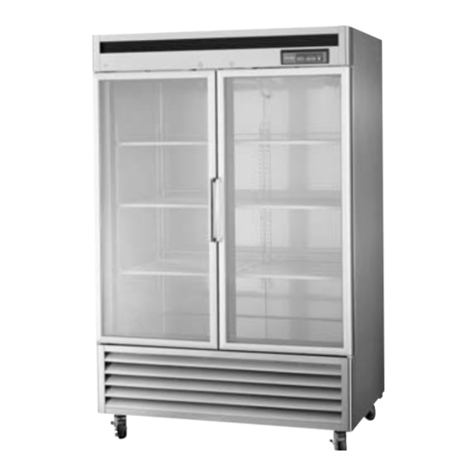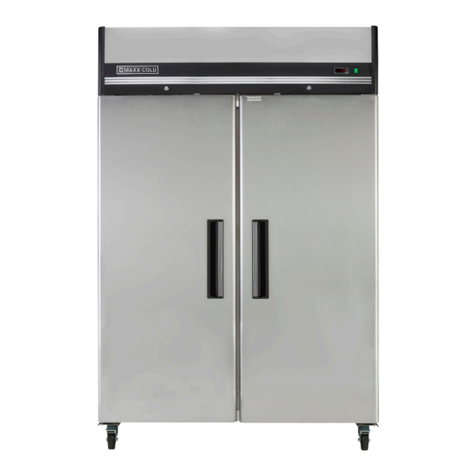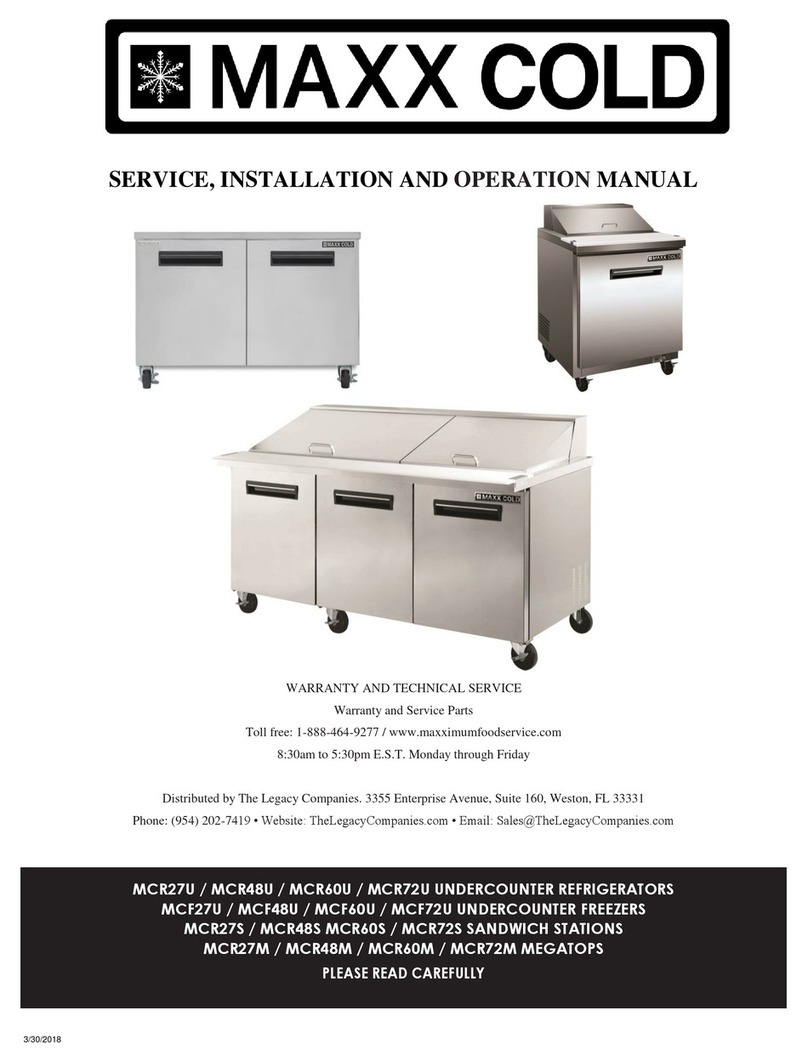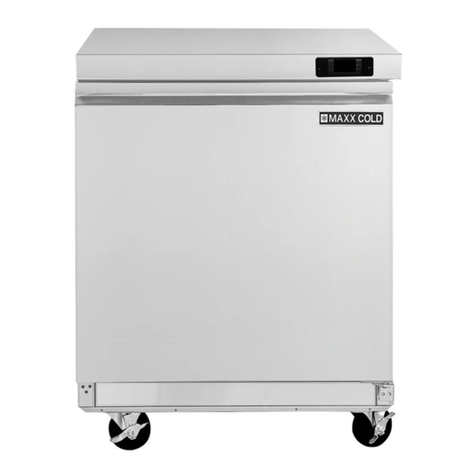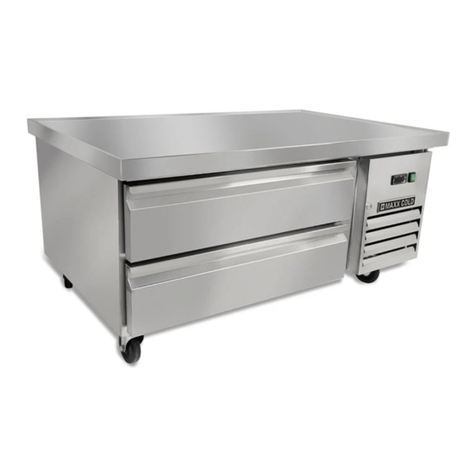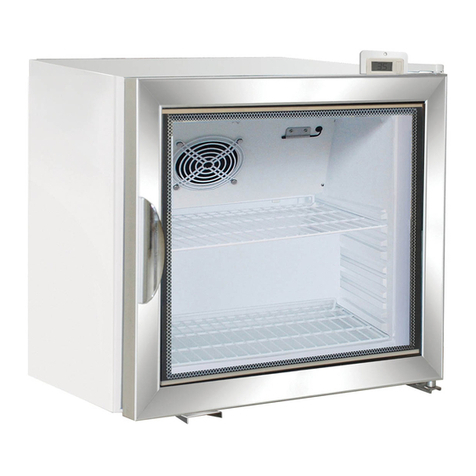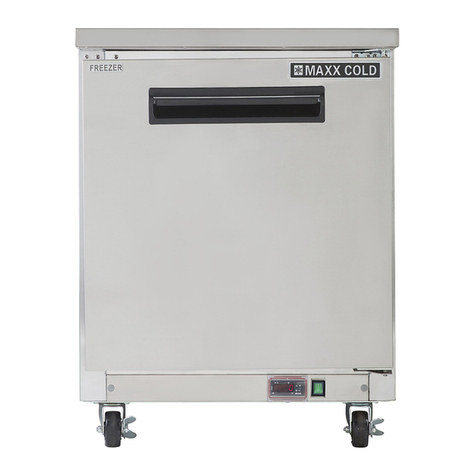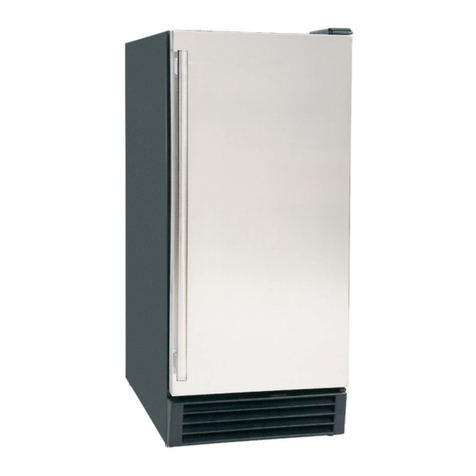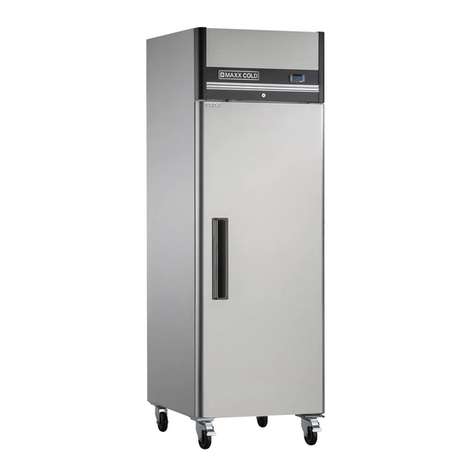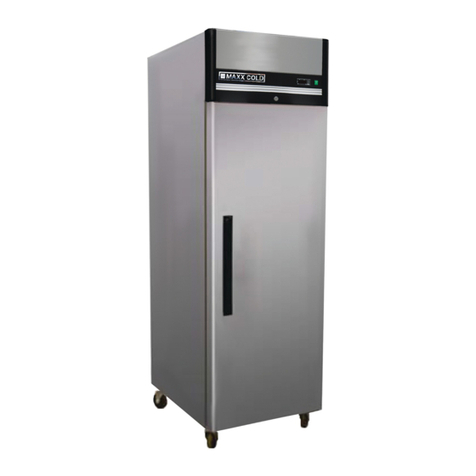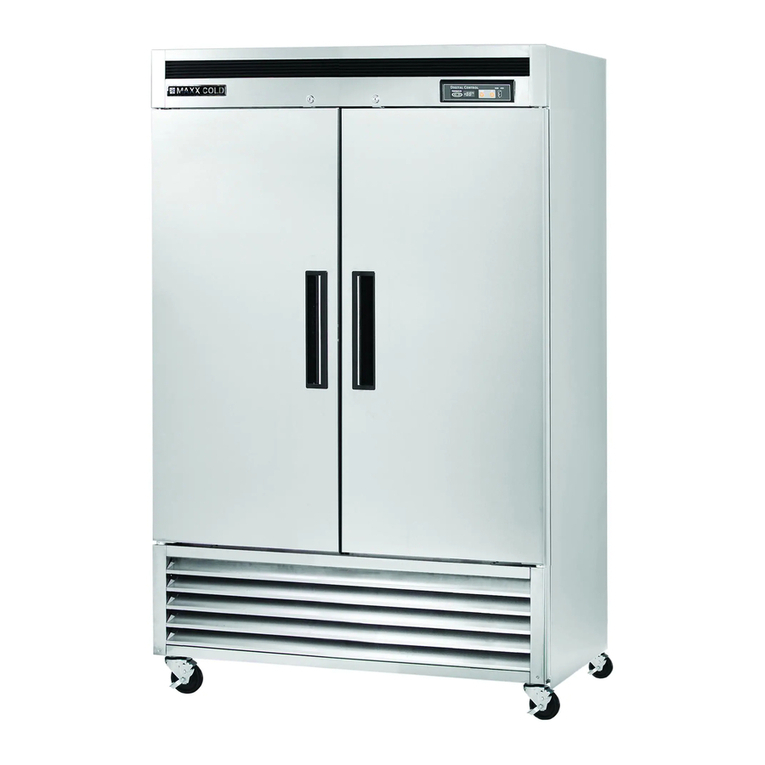
Service and Installation Manual
10
Cleaning solutions need to be alkaline based or non-chloride based. If cleaners containing chlorides are
used, be sure to rinse and dry thoroughly.
Routine cleaning of stainless steel can be done with soap and water. Extreme stains or grease should be
cleaned with a non-abrasive cleaner and plastic scrub pad. It is always good to rub with the grain of the steel.
Gasket Maintenance
Gaskets require regular cleaning to prevent mold and mildew build up and also to keep the elasticity of
the gasket. Gasket cleaning can be done with the use of warm soapy water. Avoid full strength
cleaning products on gaskets as this can cause them to become brittle and prevent proper seals. Do
not use sharp tools or knives to scrape or clean the gasket which could possibly tear the gasket and rip
the bellows.
Gaskets can easily be replaced and don’t require the use of tools or authorized service technicians. The
gaskets are "Dart" style and can be pulled out of the grove in the door and replaced by pressing the new one
back into place.
Doors/Hinges
Over time and with heavy use, door hinges may become loose. If the door is beginning to sag, tighten
the screws that mount the hinge brackets to the frame of the unit. If the doors are loose or sagging, this
can cause the hinge to pull out of the frame which may damage both the doors and the door hinges.
Drain Maintenance
Each unit has a drain located inside the unit which removes the condensation from the evaporator coil and
evaporates it into an external condensate evaporator pan. Each drain can become loose or disconnected
from moving or bumping the drain. If you notice excessive water accumulation on the inside of the unit, be
sure the drain tube is connected from the evaporator housing to the condensate evaporator drain pan. If
water starts to collect underneath the unit, you may want to check the condensate evaporator drain tube to
be sure it is still located inside the drain pan. The leveling of the unit is important as the units are designed to
drain properly when on a level surface. If your floor is not level this can also cause drain problems. Be sure
SAFETY PRECAUTIONS
This refrigerator must be properly installed and located in accordance with the Installation Instructions
before it is used.
o not allow children to climb, stand or hang on the shelves in the refrigerator. They could damage the
refrigerator and seriously injure themselves.
o not touch the cold surfaces in the freezer compartment when hands are damp or wet. Skin may stick
to these extremely cold surfaces.
o not store or use gasoline or other flammable vapors and liquids in the vicinity of this or any other
appliance
Keep fingers out of the “pinch point” areas; clearances between the doors and between the doors and
cabinet are necessarily small; be careful closing doors when children are in the area.
NOTE: We strongly recommend that any servicing be performed by a qualified individual.
Unplug the refrigerator before cleaning and making repairs.
Setting temperature controls to the ZERO (0) position does not remove power to the light circuit,
perimeter heaters, or evaporator fans.
Refrigerant Disp sal
Your old refrigerator may have a cooling system that uses “Ozone epleting” chemicals. If you are throwing
away your old refrigerator, make sure the refrigerant is removed for proper disposal by a qualified service
technician. If you intentionally release any refrigerants you can be subject to fines and imprisonment under
provisions of the environmental regulations.
